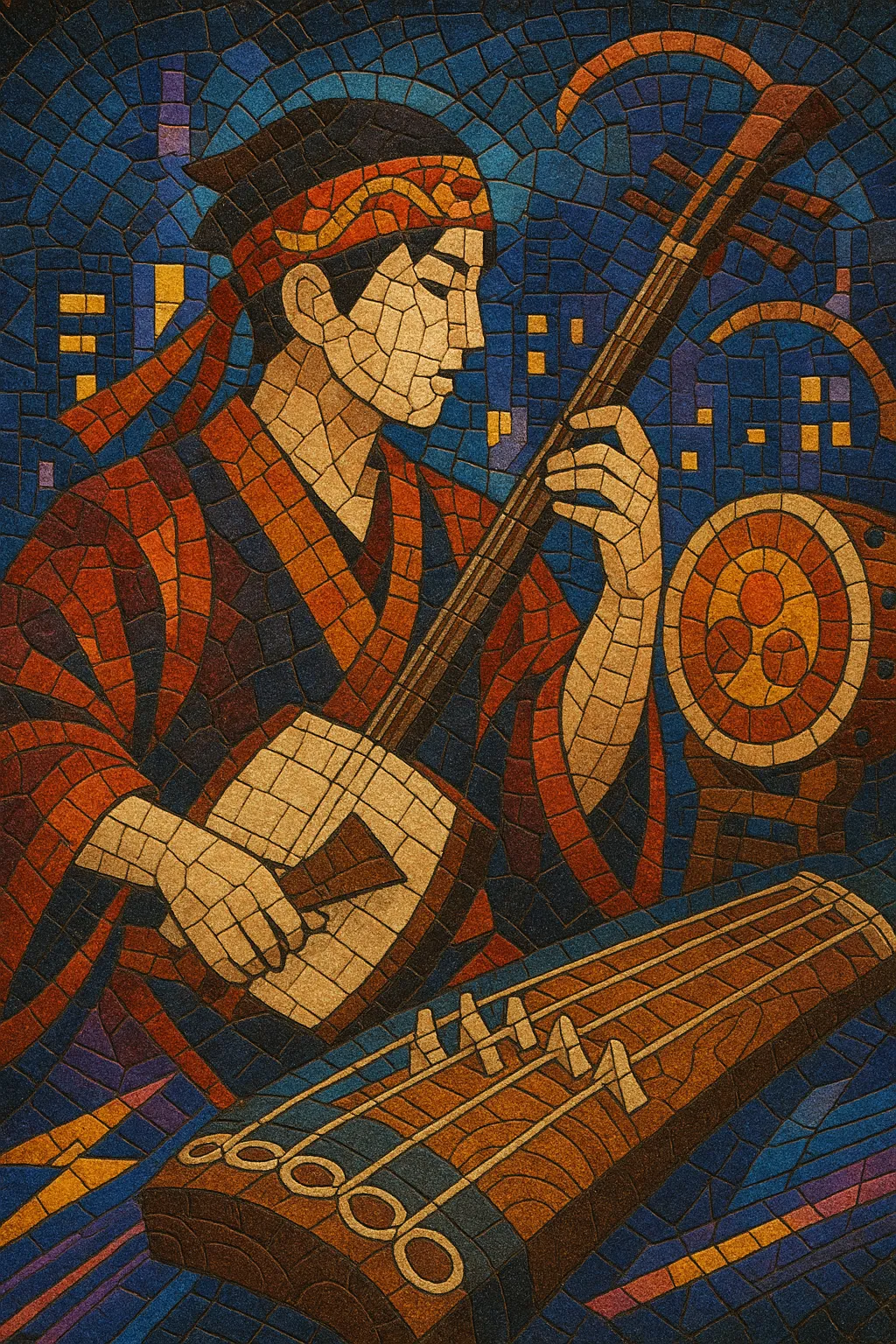Wa euro (often stylized as 和Euro) is a Japanese take on Eurobeat that blends the fast, high-energy drive of Eurobeat with "wa-fū" (traditional Japanese) melodic colors and instrumentation.
It typically features the signature 4/4, 145–160 BPM Eurobeat pulse, octave-jumping basslines, bright supersaw leads, and big chorus hooks, but decorates them with shamisen/koto plucks, taiko hits, shakuhachi lines, festival-style chants, and pentatonic (yo/ina bushi) motifs.
The result is an unabashedly danceable, theatrical sound that feels both neon-modern and historically Japanese, popular in doujin circles, Touhou arrangements, and rhythm-game-adjacent scenes.
"Wa euro" emerged in Japan as producers began explicitly fusing Eurobeat’s Hi-NRG lineage with wa-fū (traditional Japanese) aesthetics. While Eurobeat had already taken deep root in Japan in the 1990s via labels, Para Para culture, and anime/game tie-ins, the intentional grafting of Japanese scales, instruments, and matsuri (festival) signifiers onto Eurobeat templates crystallized in the late 2000s.
During the late 2000s and early 2010s, doujin circles and compilation projects popularized the term and sound. Producers and circles in the Comiket ecosystem (and related event scenes) issued Eurobeat arrangements that leaned into koto/shamisen timbres, taiko accents, and pentatonic melodies. This made the style especially compatible with Touhou arrangements, where East Asian modal colors are a natural fit. The sound also appeared in club/event contexts and select rhythm-game adjacent releases, reinforcing the idea of wa euro as a recognizable tag within the broader J-Euro/Eurobeat continuum.
As distribution shifted online, wa euro thrived on platforms frequented by J-music and otaku communities. Vocaloid and anisong-adjacent creators adopted the palette, pairing Eurobeat’s maximalist choruses and modulations with traditional flourishes and festival-call hooks. Today, wa euro remains a niche but stable micro-genre descriptor used by labels, circles, and DJs to signal a specific fusion of speed, brightness, and Japanese traditional color within the Eurobeat framework.


